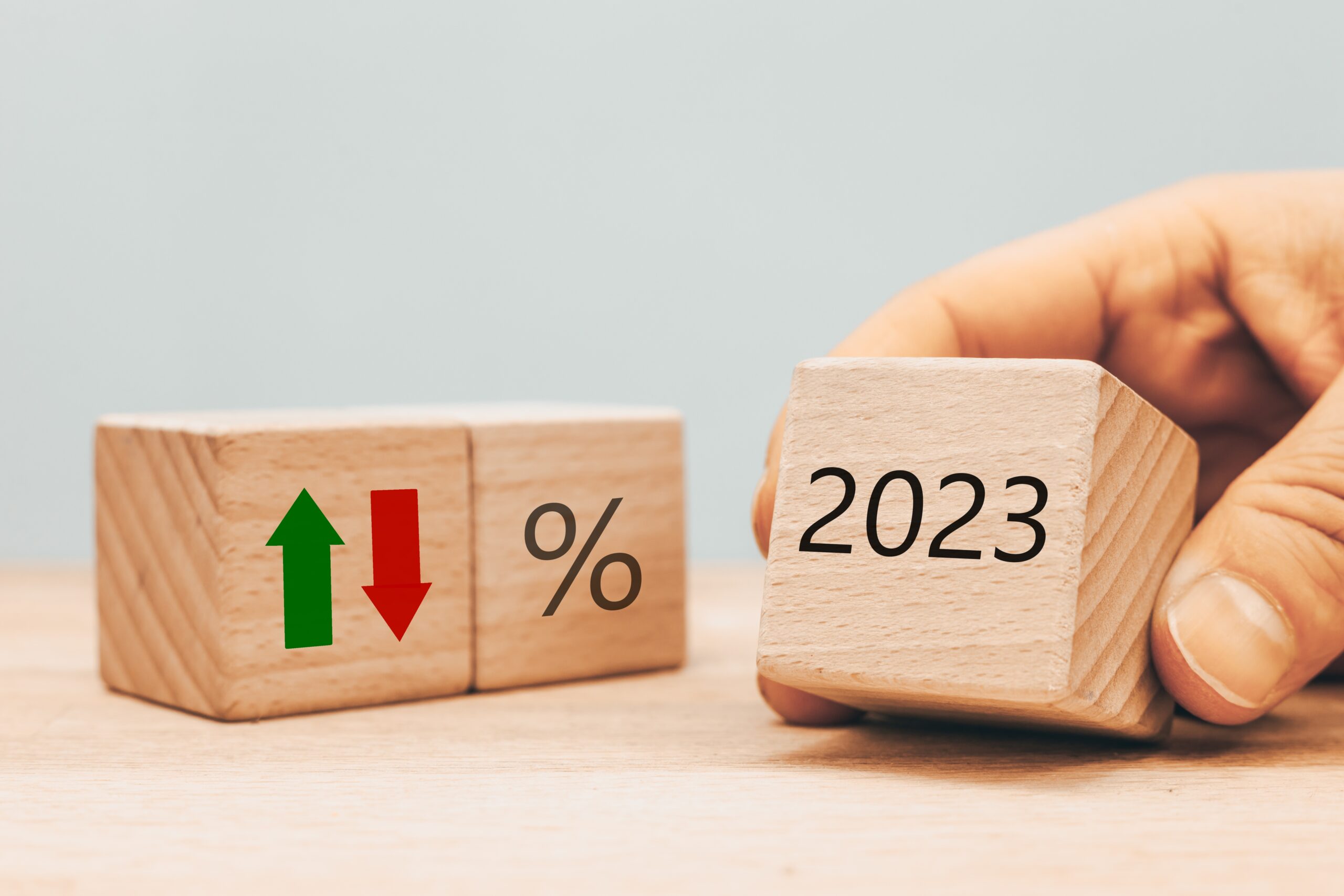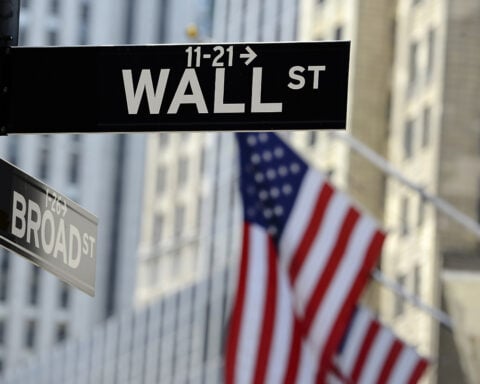A surge in newly filed unemployment claims by Americans to an 18-month high last week suggests potential weaknesses in the job market amid a cooling demand. This could allow the Federal Reserve to pause further hikes in interest rates in the upcoming month.
As demand subsides, inflationary pressures are reduced. In April, there was a slight recovery in producer prices, resulting in the smallest annual increment in wholesale inflation in over two years, according to the latest data from the Labor Department released on Thursday. These findings align with most economists’ predictions of a possible recession by the year-end.
Christopher Rupkey, a chief economist at FWDBONDS in New York, expressed, “While the Fed seems to be on the brink of triumphing over inflation, it risks failure in sustaining the economy and avoiding a recession.”
Initial claims for state unemployment benefits rose by 22,000 to a seasonally adjusted 264,000 for the week ending May 6, marking the highest level since October 2021. This exceeded the forecast of 245,000 claims for the week, as economists surveyed by Reuters predicted.
The four-week moving average of claims, which provides a more accurate depiction of job market trends by minimizing weekly fluctuations, increased by 6,000 to 245,250, its highest since November 2021.
Economists suggest that claims between 270,000 to 300,000 could indicate a worsening labour market. The recent surge may signal the beginning of an upward trend as the overall impact of the Fed’s rate hikes ripples through the economy. Initially confined to the tech and housing sectors, layoffs extend to other industries in preparation for weaker demand.
Michael Feroli, head of U.S. economics at JPMorgan in New York, noted, “Though unemployment claims can fluctuate weekly, there aren’t any apparent distortions in today’s figure. The gradual cooling of business labour demand, suggested by today’s initial claims figure, could lead to a sharper slowdown.”
Wall Street saw a stock drop, the dollar appreciated against various currencies, and U.S. Treasury prices increased.
THE LABOR MARKET MAINTAINS TIGHTNESS
Non-adjusted claims rose by 13,969 to 234,084 last week. Significant increases were observed in filings from Massachusetts, California, Missouri, Texas, and New York, compensating for notable decreases in Colorado, Georgia, and Kentucky.
Despite this, the labour market remains stringent, with a ratio of 1.6 job openings for every unemployed individual in March, well above the 1.0-1.2 range indicative of a balanced job market that does not overly fuel inflation. A recent hint from the Fed hinted that it might pause its most aggressive monetary policy tightening since the 1980s after boosting its overnight rate by 500 basis points since March 2022.
The count of individuals receiving benefits after an initial week of aid, an indicator of hiring, rose by 12,000 to 1.813 million during the week ending April 29, as per the report of the claim. Historically, the so-called continuing claims are relatively low, as some laid-off workers quickly secure employment.
In another report, the Labor Department reported that the producer price index for final demand recovered 0.2% in April after a 0.4% drop in March. Over the 12 months through April, the PPI rose by 2.3%, marking the smallest year-on-year increase since January 2021 and following a 2.7% rise in March.
The monthly PPI was majorly influenced by a 0.3% rise in the service cost, contributing to 80% of the overall increase. This was driven by a 4.1% surge in portfolio management fees.
Cost hikes were also observed in food and alcohol wholesaling, outpatient care, loan services, hospital inpatient care, and hotel and motel rooms. Conversely, costs for long-distance motor carrying, food retailing, airline tickets, securities brokerage, dealing, and investment advice declined.
Portfolio management fees, airline fares, and healthcare contribute to calculating the Personal Consumption Expenditures (PCE) price indexes, the primary inflation measures monitored by the Fed for monetary policy decisions.
Service prices dipped 0.1% in March, while goods prices increased by 0.2% in April, following a 1.0% decline in March. This increase was primarily due to an 8.4% surge in gasoline prices. During the same period, food prices dropped by 0.5%. With food and energy not included in the core goods price calculation, the core goods price rose by 0.2%, the same as in March.
For the first time in two years, consumer prices increased at less than 5% in April, according to the government.
A slight 0.1% rise in March followed a 0.2% rise in April, excluding food, energy, and trade services. Over the 12 months through April, the core PPI increased by 3.4%, after a 3.7% rise in March.
However, this easing in annual consumer and producer inflation may differ from the PCE price measures due to variations in methodology and weights.
Based on the CPI and PPI data, economists estimated a 0.3% rise in the core PCE price index, mirroring March’s gain. This would maintain the year-on-year increase in the core PCE price index at 4.6%. For some, this means the Fed would continue raising rates.
Veronica Clark, an economist at Citigroup in New York, stated, “Data suggest that PCE inflation remains stable at overly robust levels. We anticipate additional rate hikes from the Fed in June and July.”
The spike in US jobless claims to an 18-month high, coupled with cooling demand, points to potential vulnerabilities in the labour market. Meanwhile, inflationary pressures are showing signs of subsiding. As economists forecast a possible recession by the end of the year, the Federal Reserve may have the leeway to pause further interest rate hikes next month. Nonetheless, despite the recent data suggesting an easing in inflation, some economists, anticipating continued robust PCE inflation, expect further rate hikes in the upcoming months. The evolving economic landscape, therefore, continues to warrant careful monitoring and strategic response.







